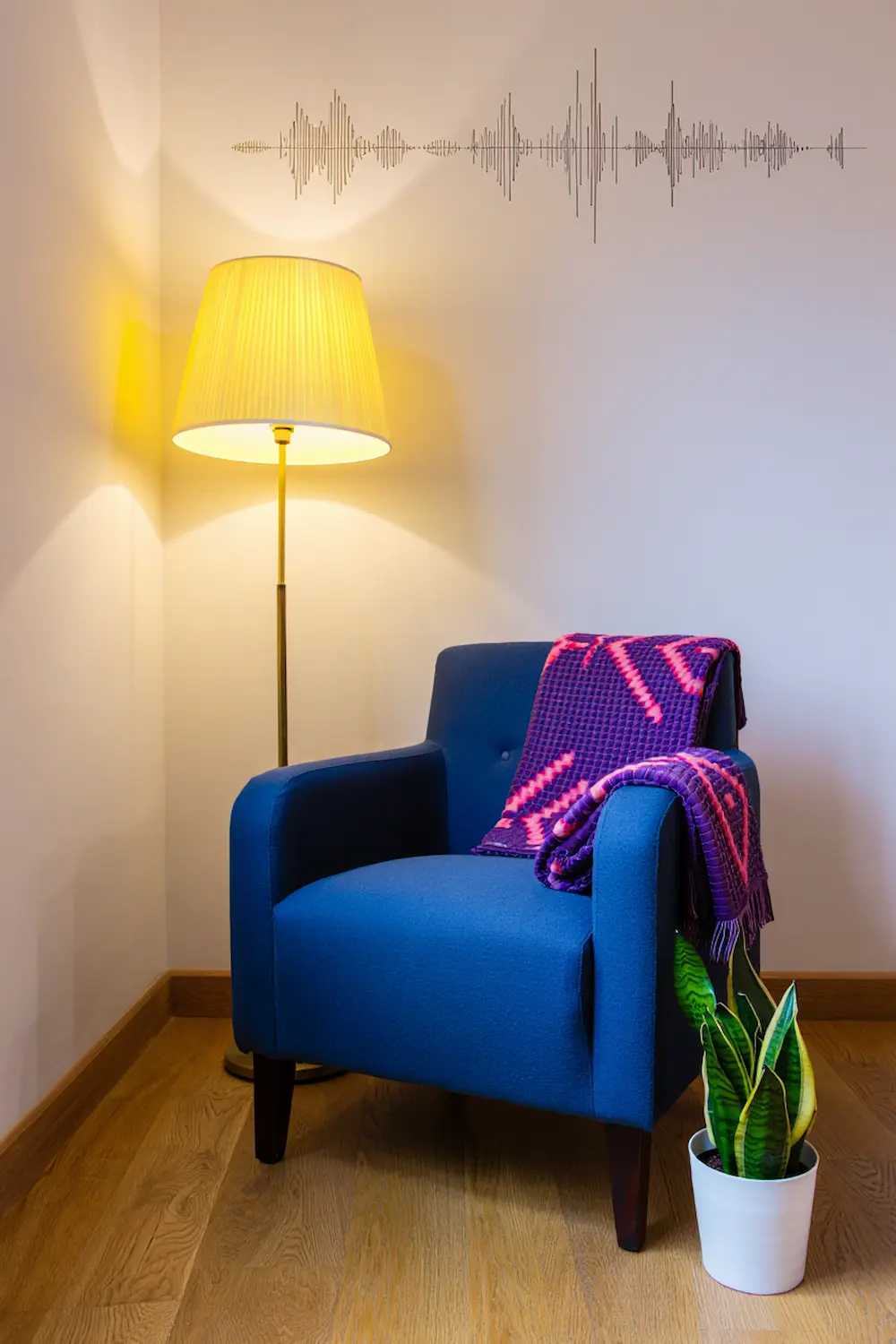Crafting Calm: Sensory Considerations for Your Relaxation Space | NeurodiverseNights Blog

Our surroundings have a profound impact on our nervous system and overall sense of well-being. This is often especially true for neurodivergent individuals, who may experience sensory input more intensely. Just as NeurodiverseNights stories aim to create a calming auditory world, you can intentionally craft your physical environment to support relaxation and unwinding.
Creating a "sensory-friendly" space doesn't require a major overhaul. It's about making small, conscious adjustments to align your environment with what feels genuinely calming and restorative *to you*. Think of it as building your own personal NeurodiverseNights sanctuary, even if it's just a cozy corner.
Gentle Lighting: Setting the Mood
Light is powerful. Harsh, bright, or flickering lights can be jarring and contribute to overwhelm.
- Warm it Up: Opt for warm-toned light bulbs (often labeled "soft white" or with lower Kelvin numbers) instead of cool blueish tones.
- Dim It Down: Use dimmer switches where possible. If not, rely on lamps instead of bright overhead lights, especially in the evening.
- Add Soft Accents: Consider fairy lights, salt lamps, or even safe candlelight to create pockets of soft, ambient glow.
- Control Natural Light: Use curtains or blinds to soften bright sunlight during the day or block out external light at night if needed.
Soothing Sounds: Tuning Your Auditory World
Sound (or the lack thereof) plays a huge role in relaxation.
- Beyond the Podcast: While our stories offer calming audio, consider other options for different times.
- Ambient Noise: Explore sound machines or apps like MyNoise offering white, pink, or brown noise, or nature sounds (rain, waves) to mask distracting background noise or provide a soothing constant.
- Calming Music: Create playlists of instrumental music, ambient tracks, or lo-fi beats that you find relaxing.
- Embrace Quiet: Sometimes, the most calming soundscape is simply reducing noise. Use earplugs or noise-canceling headphones if helpful.
Comforting Textures: The Power of Touch
The sense of touch can be incredibly grounding and comforting.
- Blankets & Throws: Choose materials that feel genuinely good against your skin – soft fleece, smooth cotton, plush velvet, chunky knits.
- Cushions & Seating: Ensure your relaxation spot (chair, sofa, floor cushions) is physically comfortable and supportive.
- Weighted Items: Many find weighted blankets or lap pads provide a calming, grounding pressure (proprioceptive input).
- Smooth Objects: Sometimes holding a smooth stone, a piece of worn wood, or a soft stress ball can be soothing.
Visual Calm: Simplifying the View
Visual clutter can translate to mental clutter for some.
- Pockets of Peace: You don't need a minimalist home! Focus on decluttering just one small area dedicated to relaxation – a clear bedside table, an organized bookshelf corner, a chair free of piles.
- Nature Elements: Bringing in a simple plant or even a picture of a calming nature scene can add a touch of visual serenity.
- Color Palette: Notice which colors feel calming to you – often muted blues, greens, greys, or earthy tones are popular choices for relaxation spaces.
Calming Scents (Use with Care)
Smell is strongly linked to emotion and memory. While potentially powerful, it's also highly individual and sensitivities are common.
- Subtlety is Key: If using scents like essential oils (lavender, chamomile, bergamot are often suggested for calm), opt for diffusers over direct application and start with very small amounts.
- Natural Options: Fresh air from an open window (if the outside environment is pleasant) or the simple scent of clean linens can be enough.
- Listen to Your Body: If a scent feels overwhelming or causes discomfort, avoid it. Unscented is always a valid choice.
Your Unique Sanctuary
The most important element is personalization. Experiment with these ideas and pay attention to what genuinely helps *your* nervous system feel safer and calmer. Bit by bit, you can craft a space that feels like a true haven for unwinding, inspired by the gentle world of NeurodiverseNights.
Enjoyed this post? Help us create more content like this by supporting NeurodiverseNights on Patreon! Get early access to podcast episodes, bonus content, and more.
Become a Patron